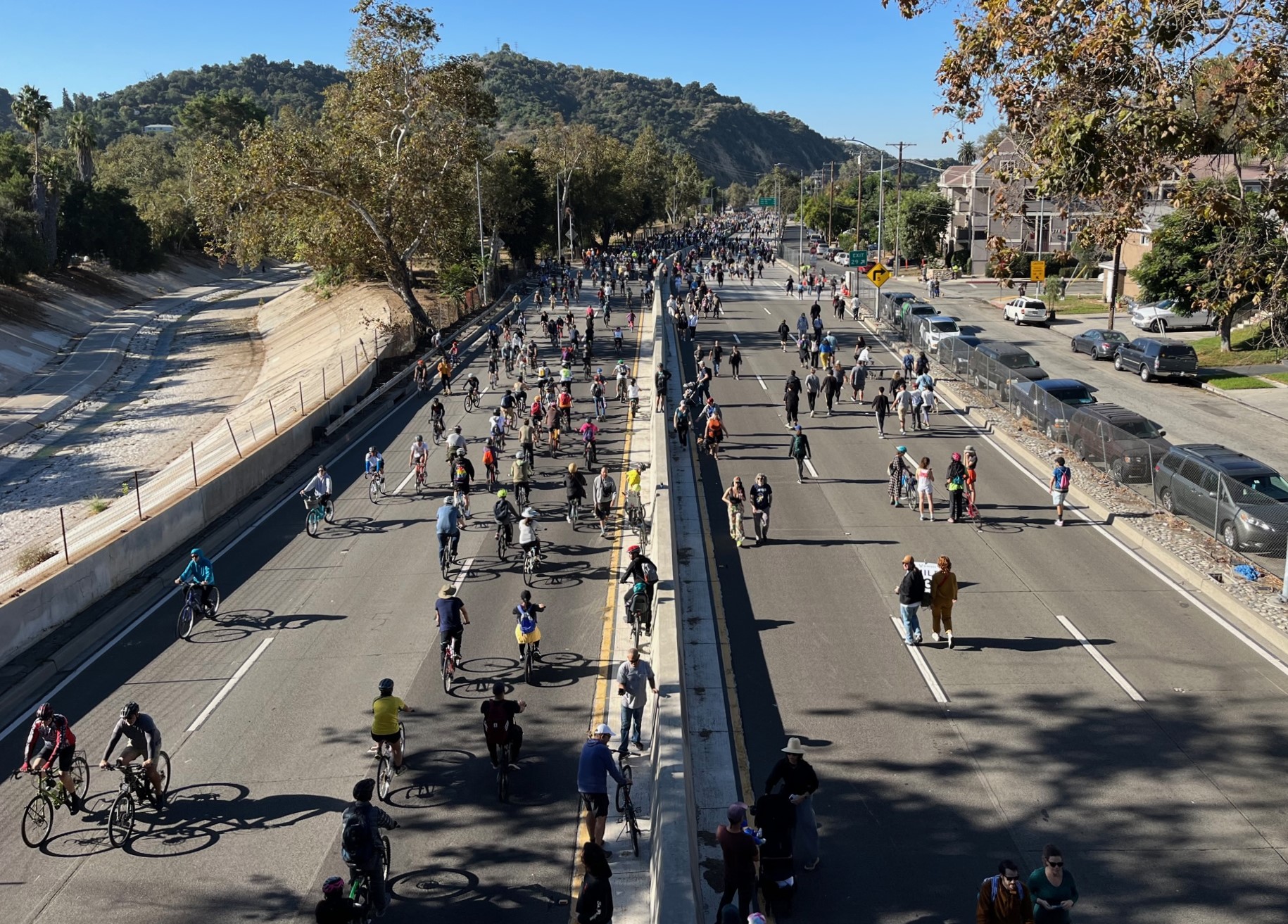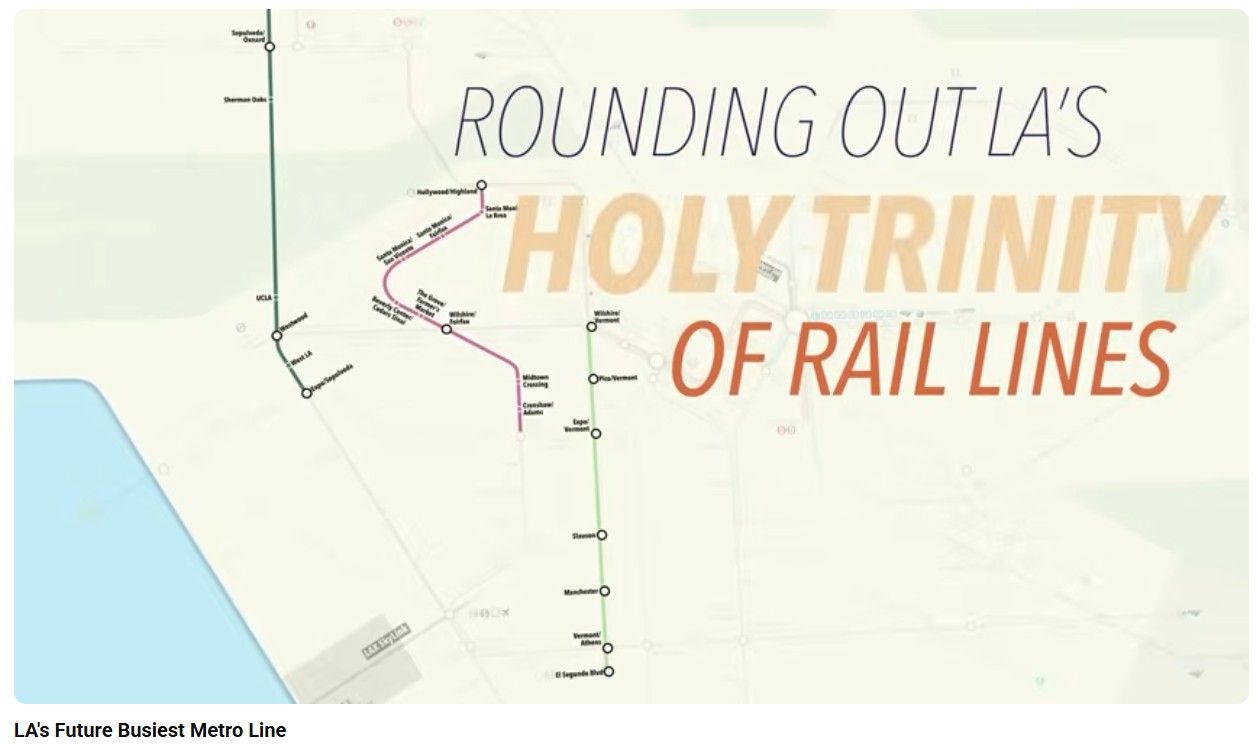The push for dedicated U.S. high-speed rail funding began anew yesterday with the launch
of a campaign aimed at securing $4 billion from Congress for next
year's projects -- but hours before that event, federal and state
transport officials joined private-sector players for a discussion that highlighted the political challenges facing successful development of fast inter-city rail networks.
 Taiwanese high-speed rail, above, opened for business in 2007 -- less than a decade after final contracts were awarded. (Photo: Streetsblog LA)
Taiwanese high-speed rail, above, opened for business in 2007 -- less than a decade after final contracts were awarded. (Photo: Streetsblog LA)The
discussion, sponsored by the pro-rail group America 2050, focused
largely on recommendations for the National Rail Plan that the U.S. DOT
is expected to unveil this summer. Senators from both parties warned
Obama administration aides last month that a more detailed vision for
inter-city rail would be needed in order to win passage of significant
new funding.
Frank Busalacchi, secretary of the Wisconsin state DOT -- which is moving ahead
with a Madison-Milwaukee link after winning an $810 million federal
grant earlier this year -- urged U.S. DOT officials to incorporate
specific plans for a long-term revenue source into its rail plan.
Such
fiscal certainty is essential for states that must line up equipment
providers years in advance, he said: "You can't start building a house
until you have enough money to buy shingles for the roof."
But
Busalacchi also acknowledged the rise of political infighting over
high-speed rail, which recently came to a head in his state with
conservative groups running ads against vulnerable Democratic lawmakers who support new train service.
"One
of the problems we have as a country is that we all continue to fight
with each other. ... We spend a lot of our time defending this [$810
million] grant," he said, as critics charge that "it's going to cost
taxpayers money because you're subsidizing the line."
Meanwhile, the Wisconsinite noted wryly, U.S. taxpayers have long subsidized road projects without any political backlash.
Busalacchi's
observations were echoed by Bruno Maestri, a senior lobbyist for the
freight railroad Norfolk Southern. "Even at the U.S. DOT, we see
fighting," Maestri said, adding that his company has "been shovel-ready
for months" on one federally funded rail project that has languished
due to conflicting statutes that govern highway spending (Title 23 of the U.S. code) and rail spending (Title 49).
If
high-speed rail can clear political hurdles on the federal and local
level, however, it has the potential to set the stage for future
national objectives that govern all modes of transportation, according
to Amtrak vice president for policy Stephen Gardner.
"Hopefully
it's a model-setting activity," Gardner told fellow panelists
yesterday, citing the importance of local transit connections in
planning for inter-city train service. "There are many who feel the
time has come to look holistically across the entire sector, not just
surface [transport] ... and manage it like we know what we're doing."






